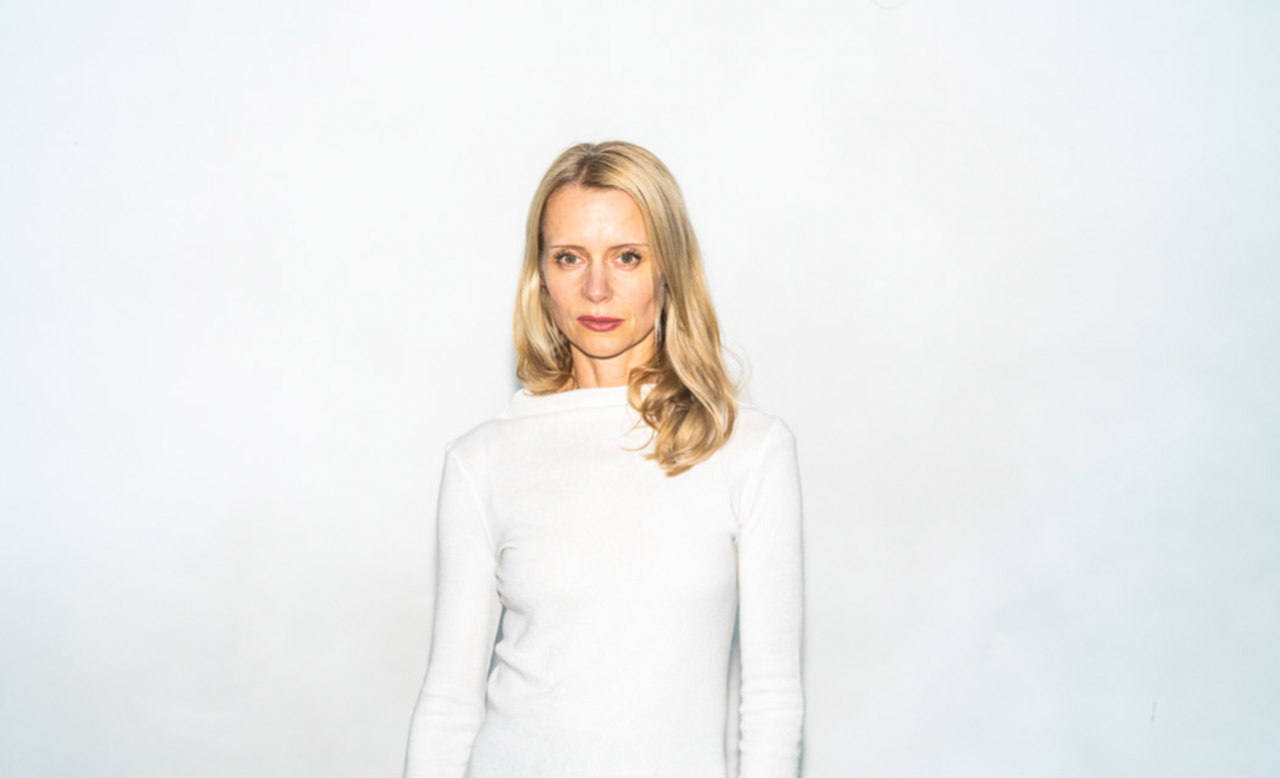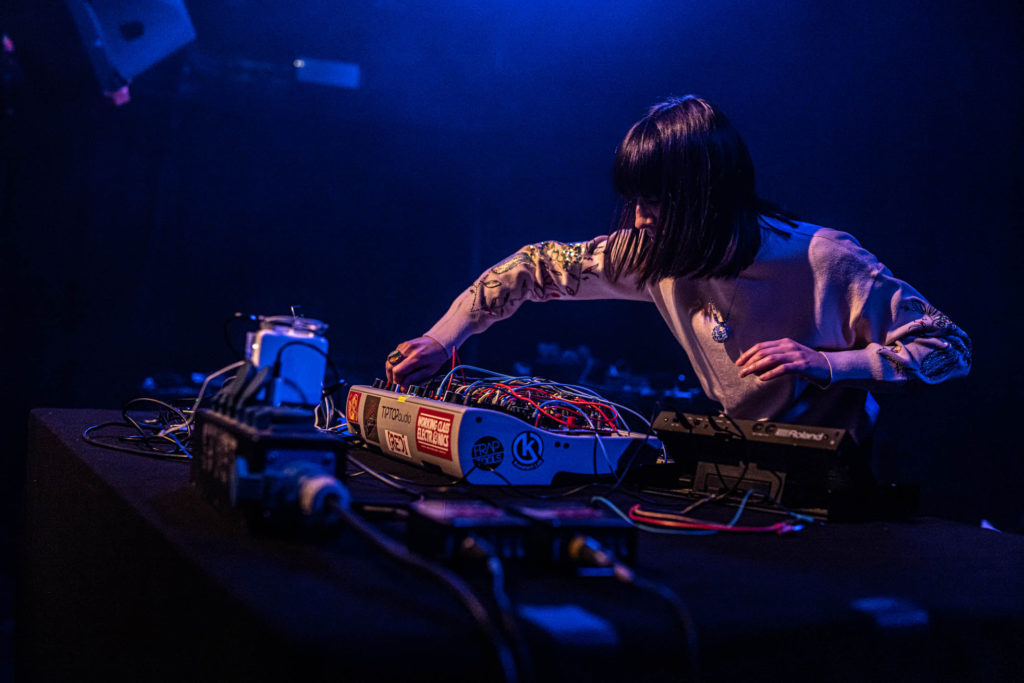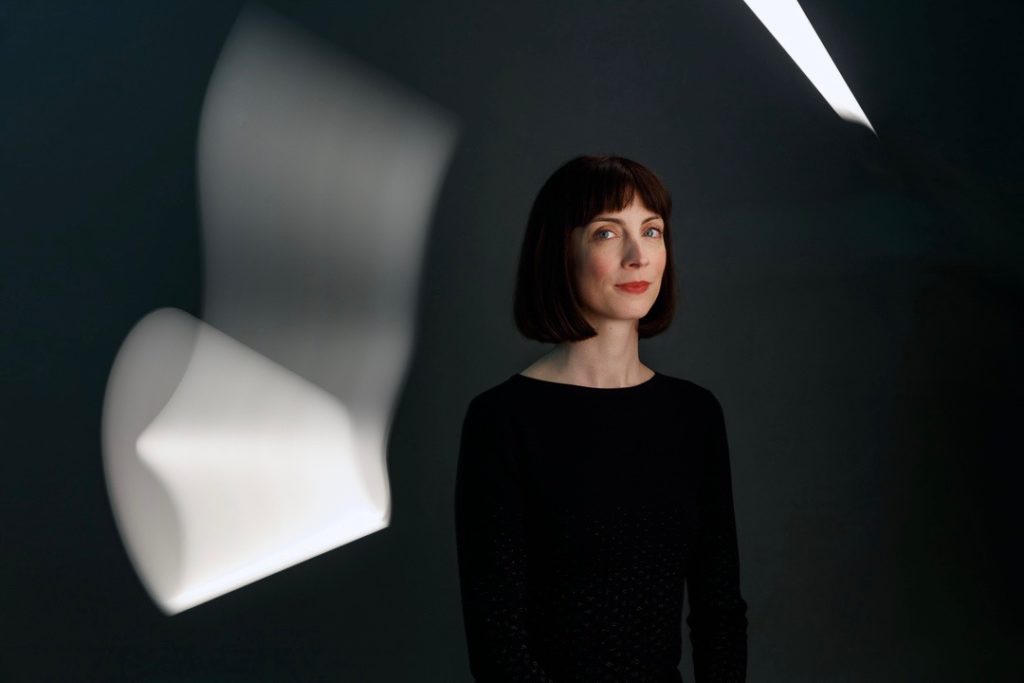
Originally done as talk in front of audience on SONICA Festival 2023. Originally published on ArtistTalk Vimeo platform by MoTA- Museum of Transitory Art
See video here.
The title of the performance is Tactile Immateriality’. I would like to ask what is your relationship and take on tactility, kineticism, materiality and immaterilaity in relation to various medias you work with- in sound, objects, sculptures different materials, in visuals, bodies, movements, voice(s), etc …
Uršula Berlot: It is really an interesting question and it is really connected to my work and general research … cuz materials are important aspects in my artistic practice since ever actually, but it always brings to a question of immateriality together with because i usually work with like plexiglass or reflections, shadows and so on for which i thought liket they are materials for me but they are in a kind of immaterial form. They are the essential part of the work itself. It is not only the object but also this immateriality projected around it which was important. For example for this project i was working with sculptures made of plexiglass material and made many experiments with light and firstly ia had an idea to use this light projections also for this installation but when we talked with coauthors of this performance we found this solution with video projection so i used this immateriality also with video projection which is based on recordings of some light phenomena and light shadows projected from this objects in kinetic form. I wanted to create a kind of virtual space of this moving shadows and fragments of this models. This objects i can say are kind of virtual models too so this is my relation to materiality and immateriality which you are asking about.
Aleksandra Bajde: For me it was very inspiring to bring also the work of Rosi Braidotti. She is Italian- Australian philosopher and i tried also to bring this dimension of post humanity and the ideas of really all the living entities living together in non hierachical connections. That’s why i have a fragment of that text and i use it and try to even to abstracte it and bring it again together with words. I Play with that and also with dissaperance and apperance of sound.
Isabella Forciniti: If i think about this kind of concept i see two dimensions in my work and in my research. First of all I focus my artistic practice on tangible interactivity. I play on a traditional music instrument which is a modular synthesizer, an interface that is not like a traditional instrument like a violin that has well esthablished relation with what tactility and tangibilty is. So what intrests me is how can i make, what am I doing … is listening in a way also tangible through my instrument. So what i find interesting is… Thor Mafgnusson is a researcher and in his book Sonic Writing mentions how an isntrument, in this case is my modular synthesizer can be an extension of my body, our bodies. So I am interacting and this is the first step to bring me to define what tangibility and tactile is. On another level there is space. Space plays especially for this performance important role. Tonight we are going to perform in museum which is usually a non-place, it is a transitory space taht we usually go to a certain exhibition or so but tonight we made it a perfomance place, We decided to implement an 8.1 surround performance so placing sound in a certain space makes at once certain synthetic texture tangible that can be also …
Uršula Berlot: Physical…
Isabella Forciniti: Yeah, exactly!

You mentioned space and this is i guess somehow the immersive space. is immersivness where the boundries between different medias kinda melt togehter important element of yr work in general?
Uršula Berlot: Yes it is. But with the sound movement around the space it embodies experience in quite a strong way as i’ve experienced it. On the other side immersiveness can be also produced with this feeling of directing attention towards somewhere else or virtual space or another dimensions. In that way i was producing videos so they are quite captive, they work like caption of a traction and they have a kind of effects used taht produce meditative movement. And i hope you get this idea or this feeling that you plunge into something else, into another reality for example…
Aleksandra Bajde: … multisensory, immersivness we could say with the sound, it’s visual and we are also playing with boundaries and with tension and release of tension and how to create it, i think in our performance, in how we structure it.
Uršula, I want ot ask you about yr installations, illiminations and two videos that you are using? The spatial-light installation consists of a series of kinetic objects made on the basis of scientific visualizations of magnetic skyrmions. Could yu tell us more about them?
Uršula Berlot: On this kinetic objects i started to work half a year ago and sipitration point behind them was to speak and to know more about magnetic skyrmions phenomena. These are kind of vorticies in mgnetic material, they work in a very particular way with minimum loss of energy and they are defined as thermal quasi particles, not as elementary particles but quasi particles which can be also defined in a certain way as an empty space. You know you can always imagine tiny particles in space but this one not. This idea was quite inspirational behind but then I was going through many materials, visuals, structures and diagrams taht were representng this skyrmions and i interpreted them artisticaly. I didn’t want to make illustrations, That’s why they are quite different and then transforming then+m in a kind of material form with this kinetic movement, rotation. Effect behind it is more imaginary and phantasmagorical i could say, not realistic. That’s very important, this distance, the difference between scientific model and my artistic interpretation.
Uršula’s objects poses question about the nature of our universe on subatomic levels. I wonder how does this translate to yr own work with sound, with mocrosounds, micronoises, sound particles, sound objects, textures?
Isabella Forciniti: As i said before the process of using the speakers also gave opportunity to reduce the material somehow in a way that can be better diffused in a space. And this work well when the sounds are most of the time really really granular or a particle of certain sonic textures. At once those particles, let’s say so, are gonna get alive in the space. This is somehow eventually for me the connection event thou i have to say my approach is not that minimalistic because I use many sounds at the same time but that comes from a combination of aparticles of different sounds. For me it is important taht those single sounds can be heard nd also percieved as unique sonic texture.

Aleksandra: body, movement and voice, which is centered in the bodies but moves also i the acoustic space? How did you position yrself inside it?
Aleksandra Bajde: It was quite challenging to find this relation and connection to visuals and sound. With Isabella we worked together, we know each other, we know how to react, but this was really the first time such a project with kinetic objects and how to find this connection. It was chaleging to connect all this elements, performative, visual, objects and sound and make a coherent performance. But we found ways and we are all satisfied with the process.
Uršula, you have close creative relationships with famous British sound artist Robin Rimbaud- Scanner. You have already presented one prject with him in the past on Sonica.
Uršula Berlot: We now work in two ways. I often produce some video work or kinetic installation and i’ve send materials to him and he produced music or sound for it. And we collaborated other way around. When he was producing new album he asked me if i can make video fpr some of his songs and i did some of this works, some with a friend of mine she is living in Paris and she is an expert in 3D modeling and synthetic images. It was a fruitfull collaboration in both ways.
Isabella & Aleksandra you both work in the field of contemporary composition but also in improvisation. I wonder about your relation to spontaneity in this context, to fixed relations and open ones?
Aleksandra Bajde: I always say it is a structual improvisation, because we know the material, we decide on the material and the structure of the performance. However in this structure we still have some flexibility and openess for improvisation and sometimes things also happen. So in a way it is partially structured and partially also free But as I’ve said we know which material we are gonna use and we know what’s coming, what’s the next part.
Isabella Forciniti: But i think improvisation is always our starting point. Let’s improvise and see. We record and then we listen to it what we can have from this material …
Aleksandra Bajde: We develop it in that way. But we also listen and have this conscious decisions.